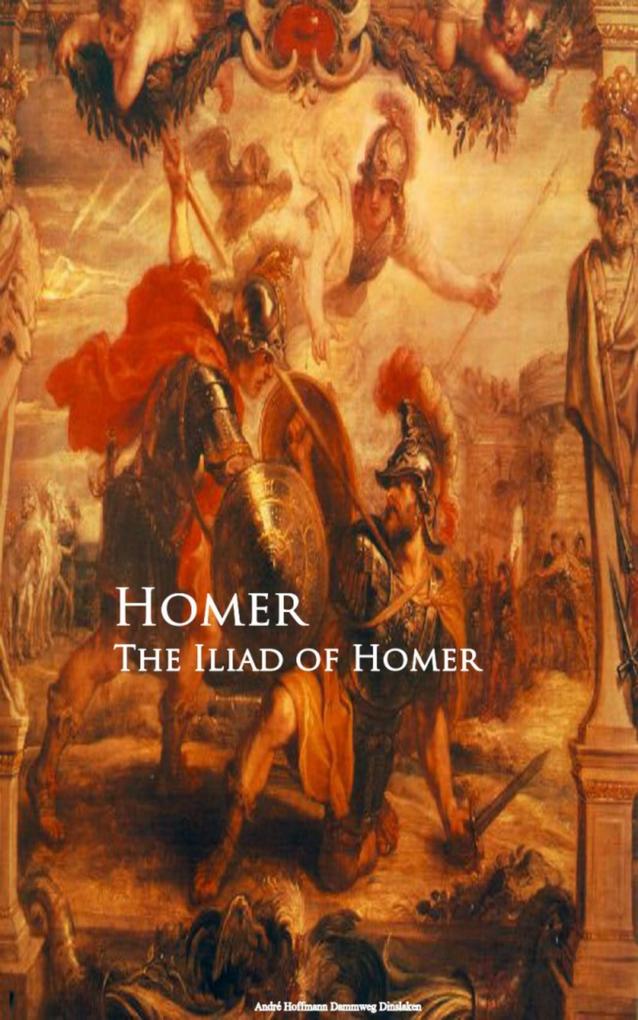
Sofort lieferbar (Download)
Although the story covers only a few weeks in the final year of the war, the Iliad mentions or alludes to many of the Greek legends about the siege; the earlier events, such as the gathering of warriors for the siege, the cause of the war, and related concerns tend to appear near the beginning. Then the epic narrative takes up events prophesied for the future, such as Achilles' looming death and the sack of Troy, although the narrative ends before these events take place. However, as these events are prefigured and alluded to more and more vividly, when it reaches an end the poem has told a more or less complete tale of the Trojan War.
The Iliad is paired with something of a sequel, the Odyssey, also attributed to Homer. Along with the Odyssey, the Iliad is among the oldest extant works of Western literature, and its written version is usually dated to around the 8th century BC. Recent statistical modelling based on language evolution gives a date of 760-710 BC. In the modern vulgate (the standard accepted version), the Iliad contains 15, 693 lines; it is written in Homeric Greek, a literary amalgam of Ionic Greek and other dialects.
The Iliad is paired with something of a sequel, the Odyssey, also attributed to Homer. Along with the Odyssey, the Iliad is among the oldest extant works of Western literature, and its written version is usually dated to around the 8th century BC. Recent statistical modelling based on language evolution gives a date of 760-710 BC. In the modern vulgate (the standard accepted version), the Iliad contains 15, 693 lines; it is written in Homeric Greek, a literary amalgam of Ionic Greek and other dialects.
Mehr aus dieser Reihe
Produktdetails
Erscheinungsdatum
01. September 2016
Sprache
englisch
Seitenanzahl
500
Dateigröße
0,81 MB
Reihe
Dover Thrift Editions: Literary Collections
Autor/Autorin
Homer
Verlag/Hersteller
Originalsprache
englisch
Kopierschutz
mit Wasserzeichen versehen
Family Sharing
Ja
Produktart
EBOOK
Dateiformat
EPUB
ISBN
9783736412460
Entdecken Sie mehr
Bewertungen
0 Bewertungen
Es wurden noch keine Bewertungen abgegeben. Schreiben Sie die erste Bewertung zu "The Iliad" und helfen Sie damit anderen bei der Kaufentscheidung.

































